There are a lot of medieval monasteries, churches in Bulgaria, many of those are added to the UNESCO World Heritage list. One of them is Boyana church. It is situated at the foot of Vitoshamountain, in Boyana suburb of Sofia, in the place of which in ancient times was village-castle called Boyana. This castle was one of 35 castles of defending system in Middle ages. The church was named after the castle, however initially it was dedicated to St. Nicolas and St. Panteleimon[1].
The Boyana Church was built in three stages: in the late 10th and early 11th, the mid-13th, and the mid-19th centuries. The oldest section (the eastern church) is a small one-apse cross-vaulted church with inbuilt cruciform supports. It was built in the late 10th and early 11th century. 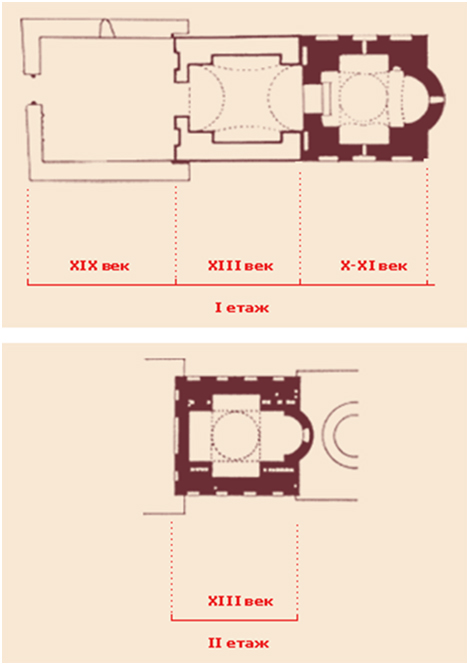 The second section, which adjoins the eastern church, was commissioned by Sebastocrator Kaloyan and his wife Dessislava and in the mid-13th century. This building belongs to the two-floor tomb-church type. It consists of a ground-floor family sepulchre with a semi-cylindrical vault and two arcosolia on the north and south walls, and an upper-floor family chapel identical in design to the eastern church. The exterior is decorated with ceramic ornaments. The last section was built on donations from the local community in the mid-19th century[2].
The second section, which adjoins the eastern church, was commissioned by Sebastocrator Kaloyan and his wife Dessislava and in the mid-13th century. This building belongs to the two-floor tomb-church type. It consists of a ground-floor family sepulchre with a semi-cylindrical vault and two arcosolia on the north and south walls, and an upper-floor family chapel identical in design to the eastern church. The exterior is decorated with ceramic ornaments. The last section was built on donations from the local community in the mid-19th century[2].
There is a noticeable influence of the art of Constantinople, though the inscription accompanying the scenes is in Slavonic letters. Evidently, there is a new interest in depiction of personal emotions, the landscapes convey the real perception of nature, and humanistic trends are shown apparently. The latter is visible in works from Constantinople and receives its continuation here in the presentations of Christ. The proof of such alteration are scenes presenting Pantocrator, The boy Jesus at the temple. The faces of the figures are rendered with soft semi-hues. There is lack of Nerezi’s frescoes elegance, the colors are not that bright, that attractive, however there is that sense of rigorous personalization and identification which is not reached anywhere else. This personalizing approach is more obvious in scenes, depicting secular life, the spiritual themes are presented in more abstract manner[3].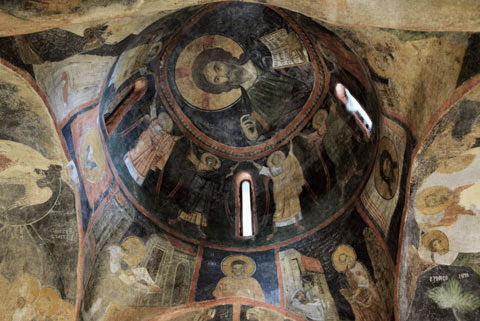
The tomb-church has two fresco layers. The first layer covers the walls of eastern church and dates to XI-XIII centuries, nevertheless, now there are only fragments remained from this layer. According to the donor’s inscription on the north wall of the second section, the second layer of frescoes dates from 1259.The Boyana Church owes its world fame above all to the frescoes from this layer, which demonstrate the exceptional achievements of mediaeval Bulgarian culture. Those frescoes were painted over the earlier layer by a team of unknown artists, who also decorated the two floors of the building commissioned by Sebastocrator Kaloyan. The majority of the more than 240 figures depicted here display individuality, remarkable psychological insight and vitality. The frescoes in the oldest section of the church include a magnificent representation of Christ Pantocrator in the dome. The drum below shows a host of angels, with the Four Evangelists – Matthew, Mark, Luke and John – portrayed in the pendentives.
The life of St. Nicholas is depicted in 18 scenes in the narthex (the second section of the church). The unknown artist included elements of contemporary life in those scenes, and many of the figures are quite realistic – especially their countenances[4].
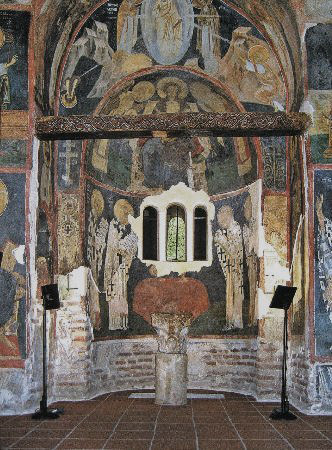 The expressive realistic portraits of the donors Sebastocrator Kaloyan and his wife Dessislava, and of the Bulgarian Tsar Constantine AsenTikh and Tsaritsa Irina – painted with precision, extraordinary skill and feeling – are among the oldest portraits of figures from Bulgarian history.The portrait of Dessislava is delineated with graphic lines conveying the peace and wisdom of her soul.These portraits are executed with the fastidiousness of all details. The technique used for depiction of the portraits deviates from the approaches applied in the execution of the religious themes. In fact, the carnations of the figures are shaped more wholly and light toned parts are less, then in scenes with a deep spiritual characteristics. In the artistic mindset of the fresco painter there is a clear differentiation between material world, his contemporaries and Divine or spiritual personages of saints[5].
The expressive realistic portraits of the donors Sebastocrator Kaloyan and his wife Dessislava, and of the Bulgarian Tsar Constantine AsenTikh and Tsaritsa Irina – painted with precision, extraordinary skill and feeling – are among the oldest portraits of figures from Bulgarian history.The portrait of Dessislava is delineated with graphic lines conveying the peace and wisdom of her soul.These portraits are executed with the fastidiousness of all details. The technique used for depiction of the portraits deviates from the approaches applied in the execution of the religious themes. In fact, the carnations of the figures are shaped more wholly and light toned parts are less, then in scenes with a deep spiritual characteristics. In the artistic mindset of the fresco painter there is a clear differentiation between material world, his contemporaries and Divine or spiritual personages of saints[5].
Today the name “Boyana Master” stands for the team of unknown artists who decorated the church and mastered their art in the studios of the Turnovo School of Painting. Boyana’s frescoes complete Byzantine and local traditions of two previous centuries. Some frescoes consist the details derived from Western art, especially in the presentation of the garments, ornament and armor[6]. The frescoes are genuine masterpieces with a flawless technique, psychological depth, complexity and realism. Boyana is the only and the most impressive wholly preserved monument of the Turnovo School of Painting from the 13th century.
According to many leading experts, the world famous frescoes in the Boyana Church played an important role in the development of mediaeval Bulgarian and European painting[7].
[1]http://www.building.am/arm/page.php?id=242
[2]http://www.boyanachurch.org/abouten.htm
[3]D. Talbot Rice Art of The Byzantine Era, London, 1963, page 187-194.
[4]http://www.boyanachurch.org/abouten.htm
[5]D. Talbot Rice Art of The Byzantine Era, London, 1963, page 187-194.
[6]Helen C. Evans, William D. Wixon, The Glory of Bizantium: Art and Culture of The Middle Byzantine Era, A.D. 843-1261, , J. D. Alchermes The Bulgarians, page 321-335, 1997.
[7]http://www.boyanachurch.org/abouten.htm
Translated from Armenian.




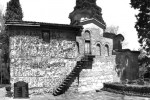
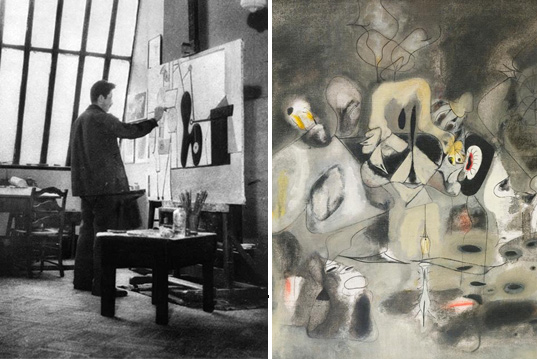
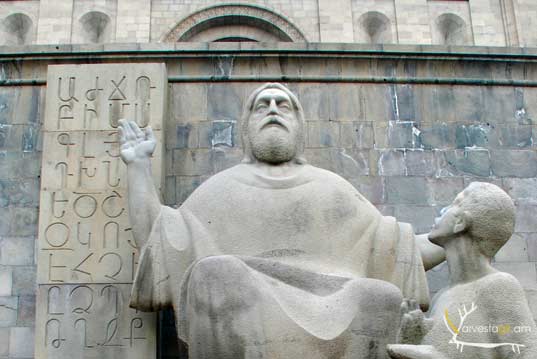
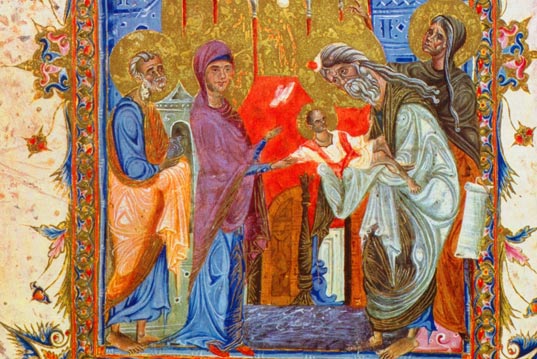
Leave a Reply